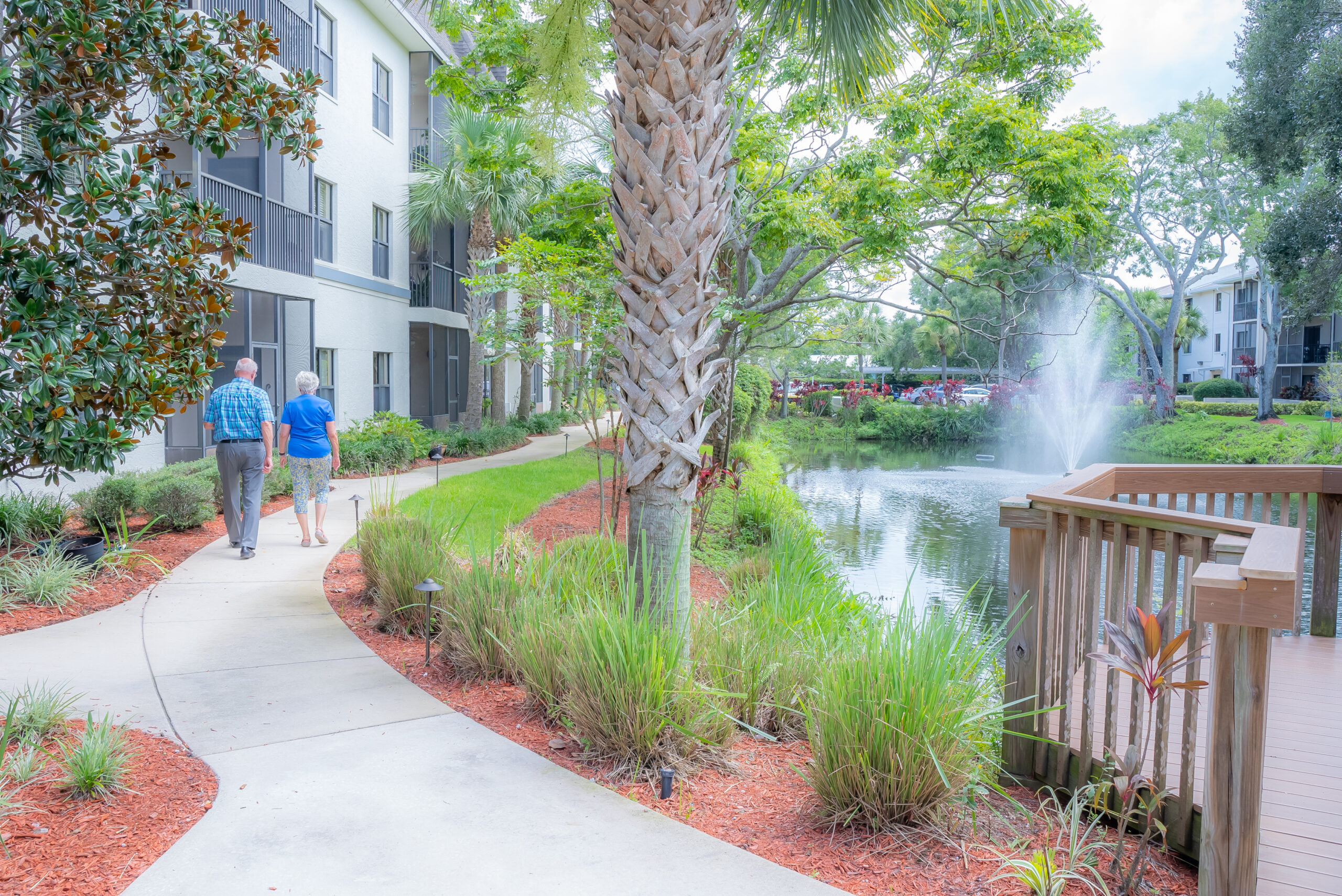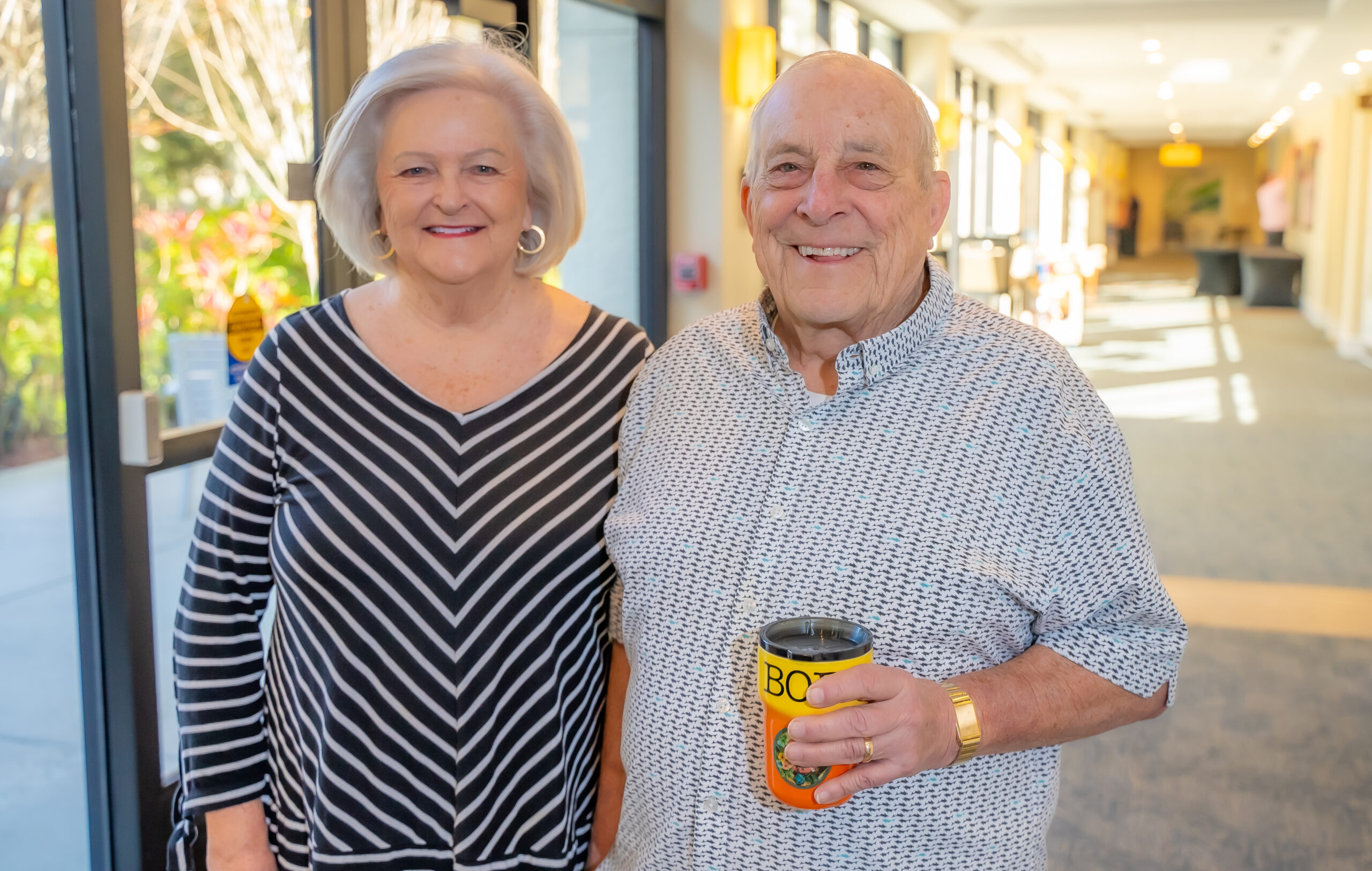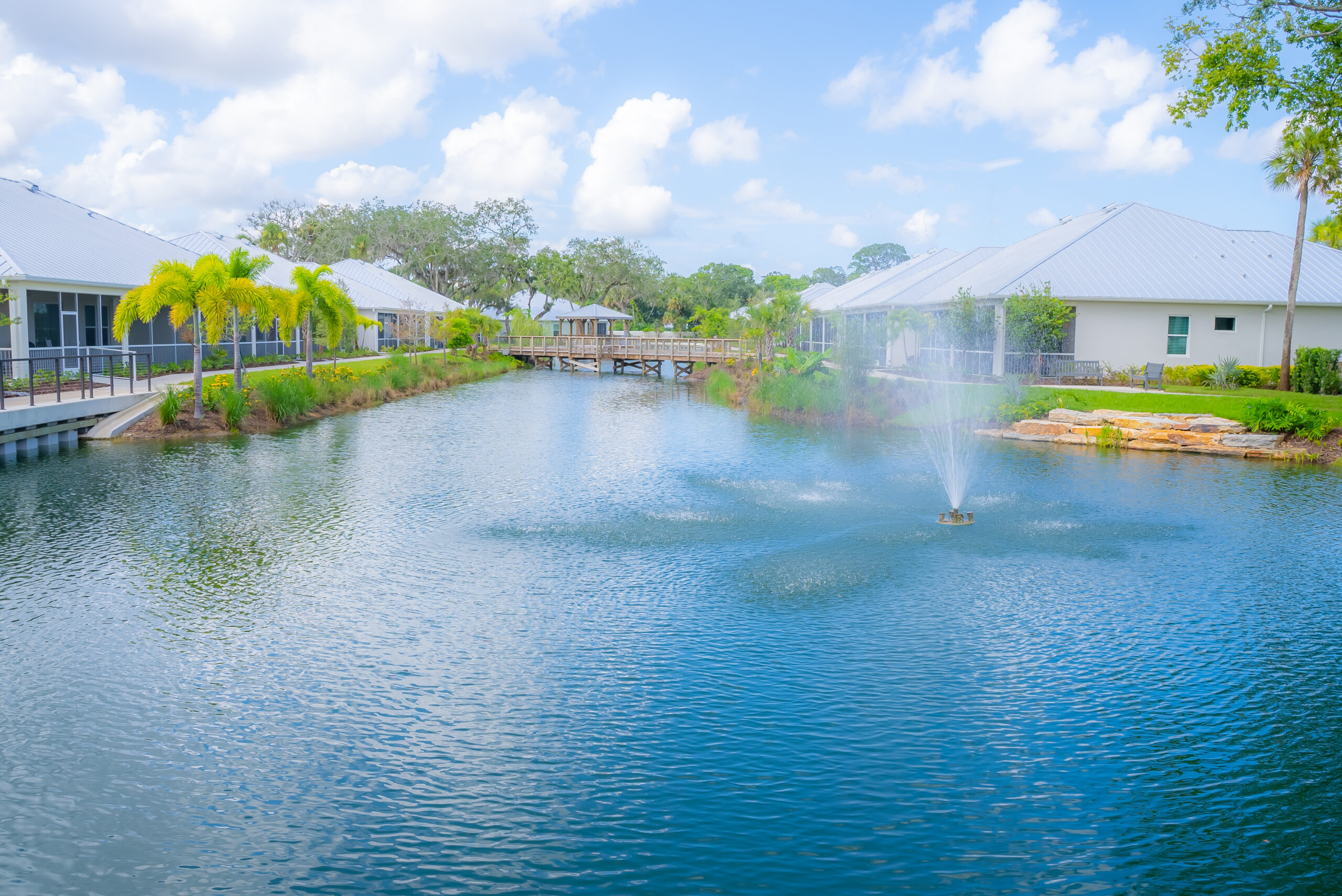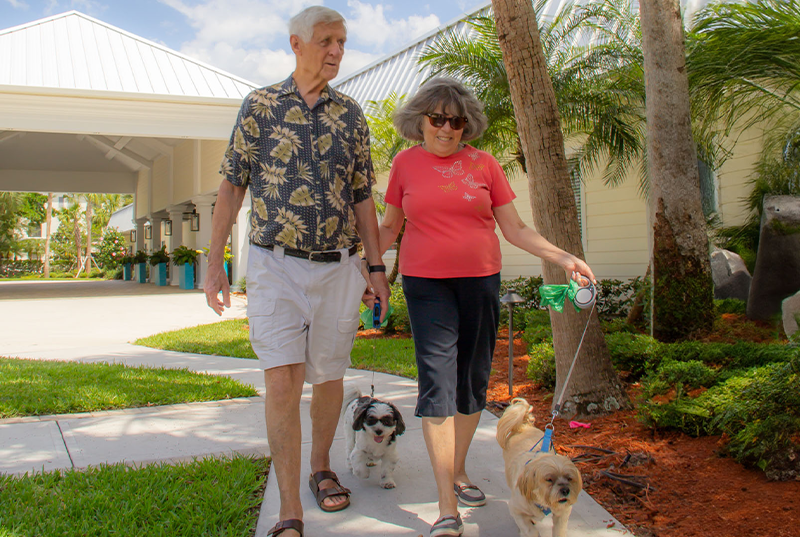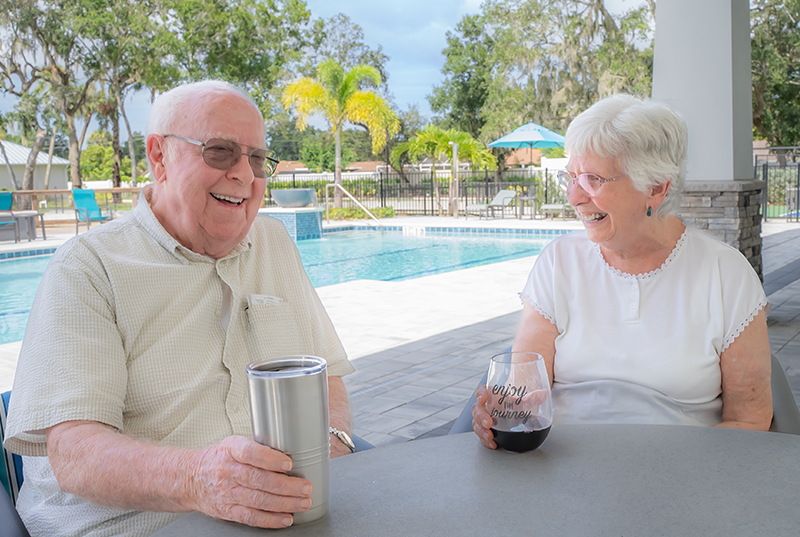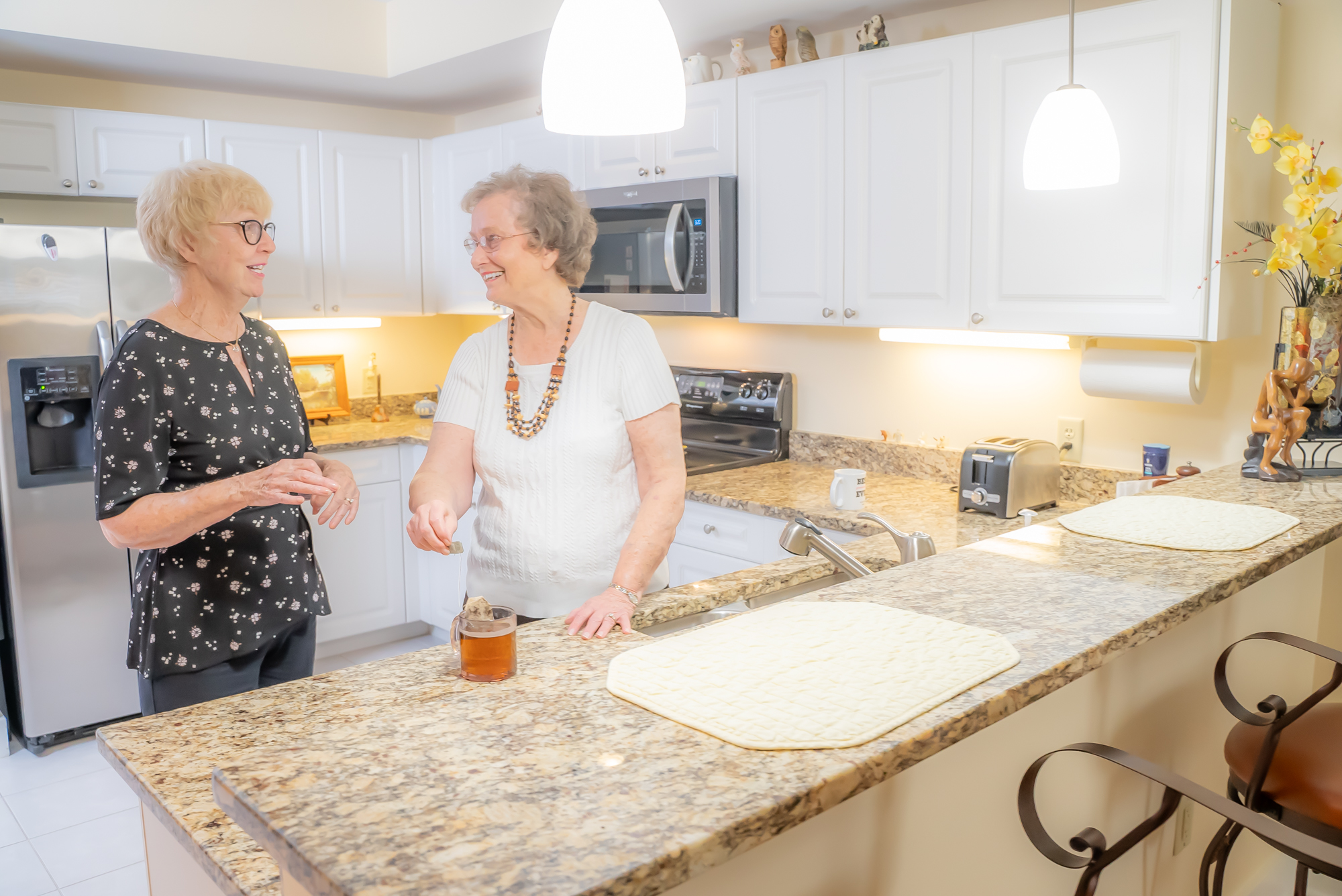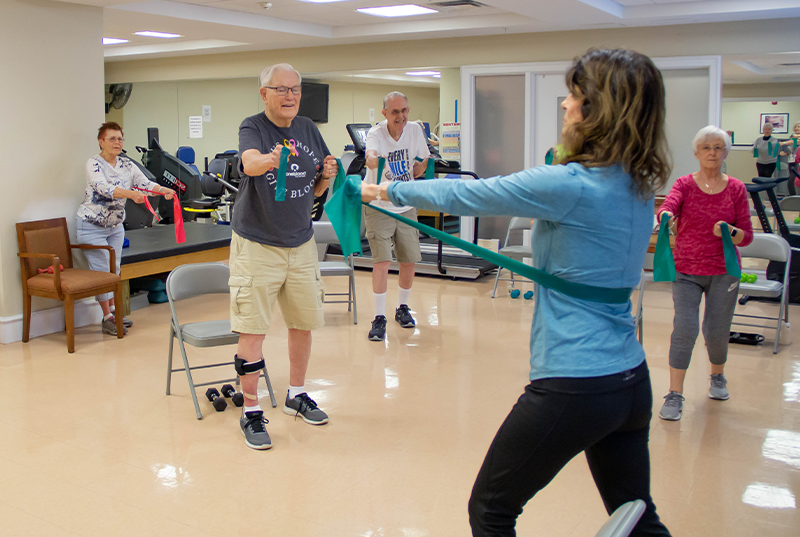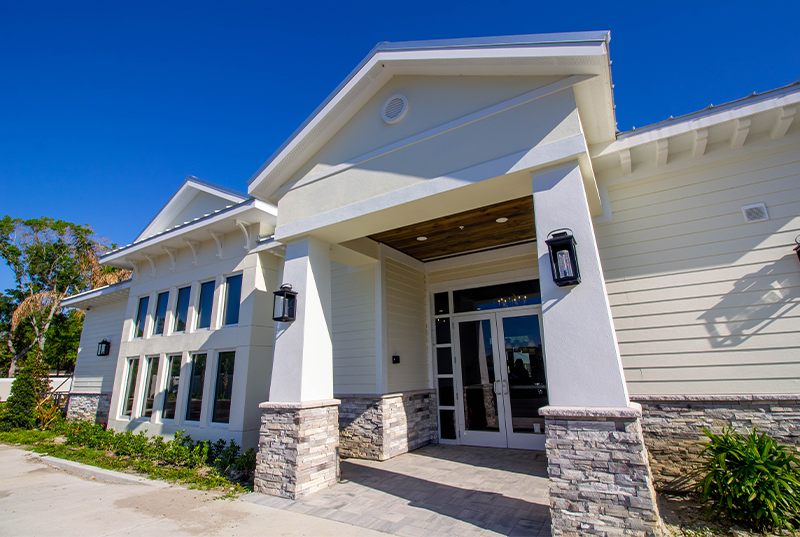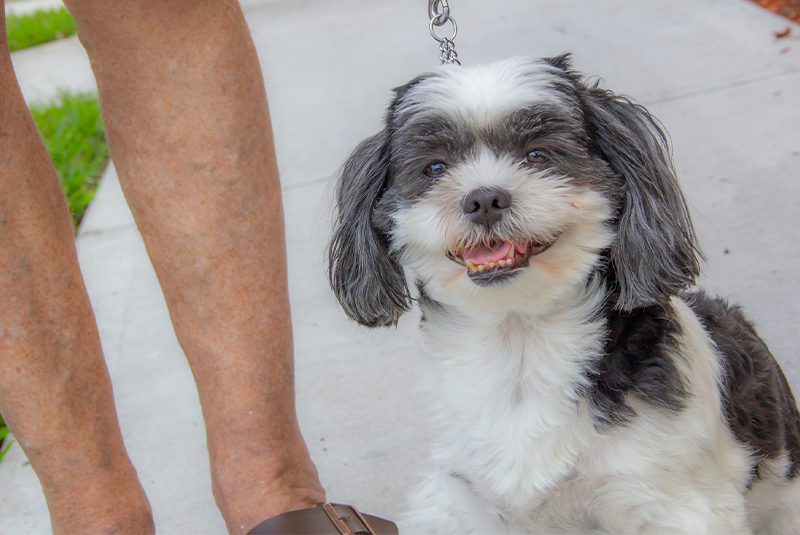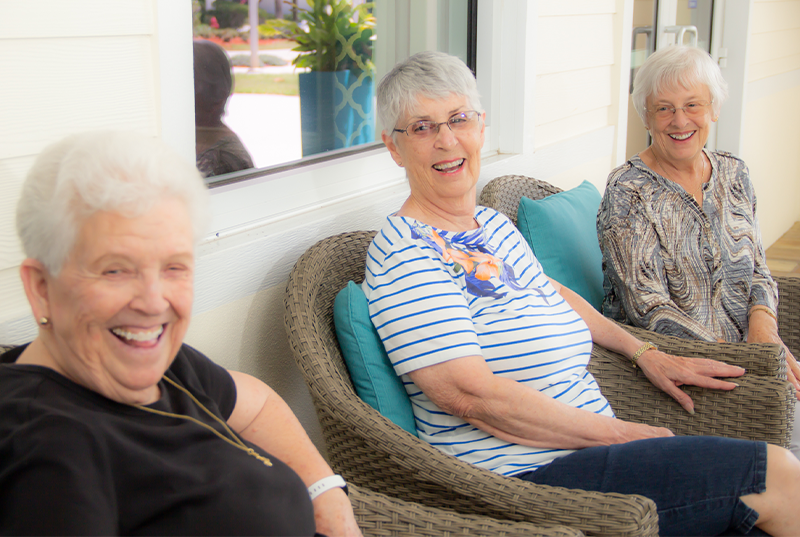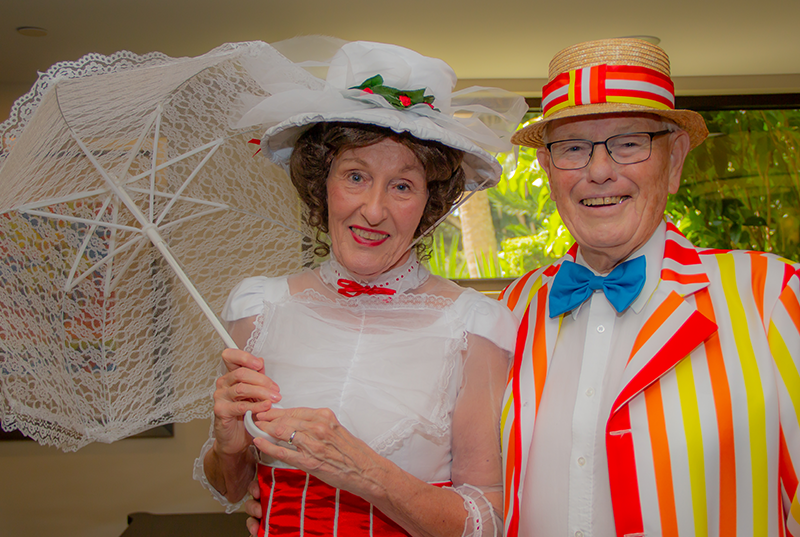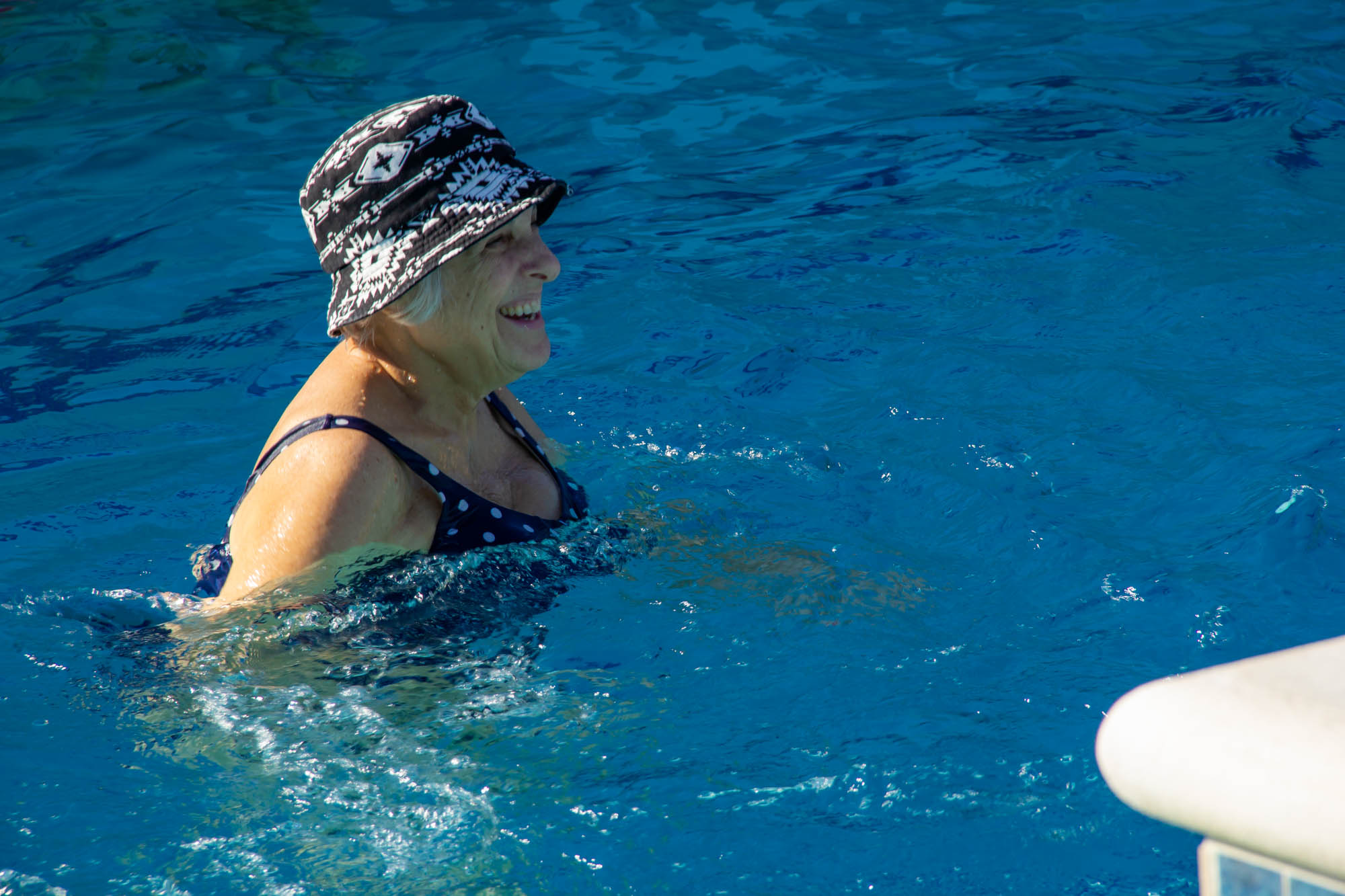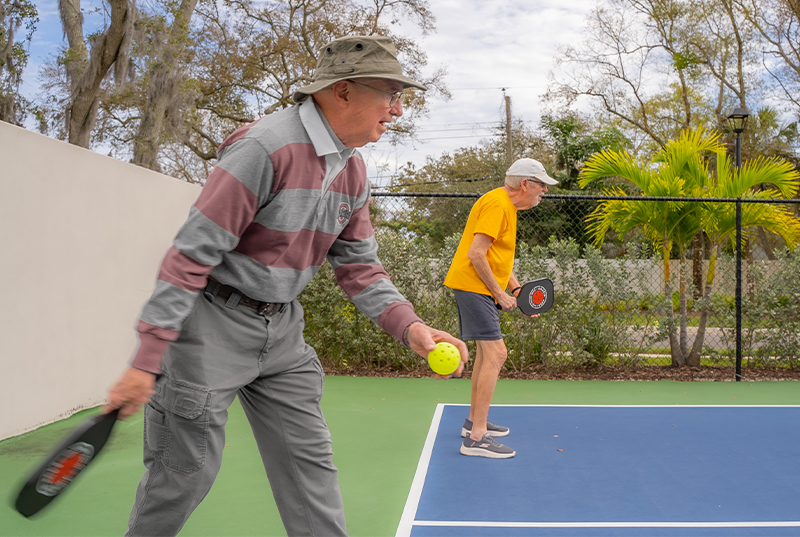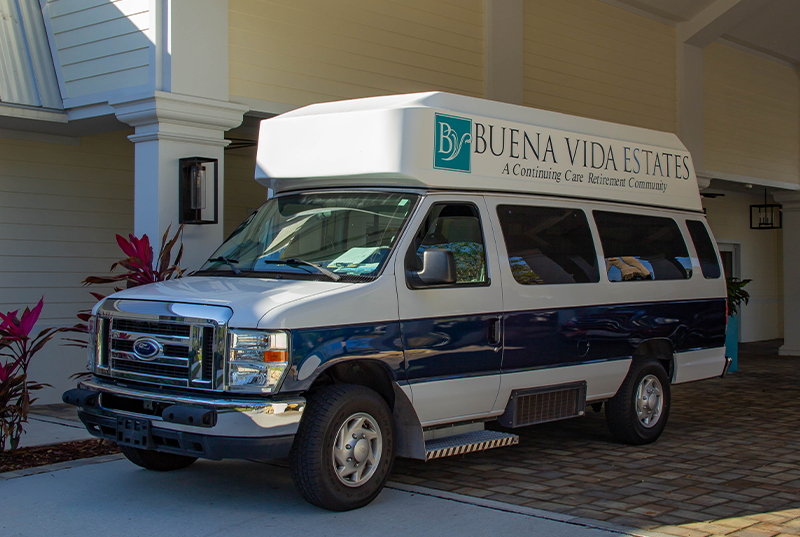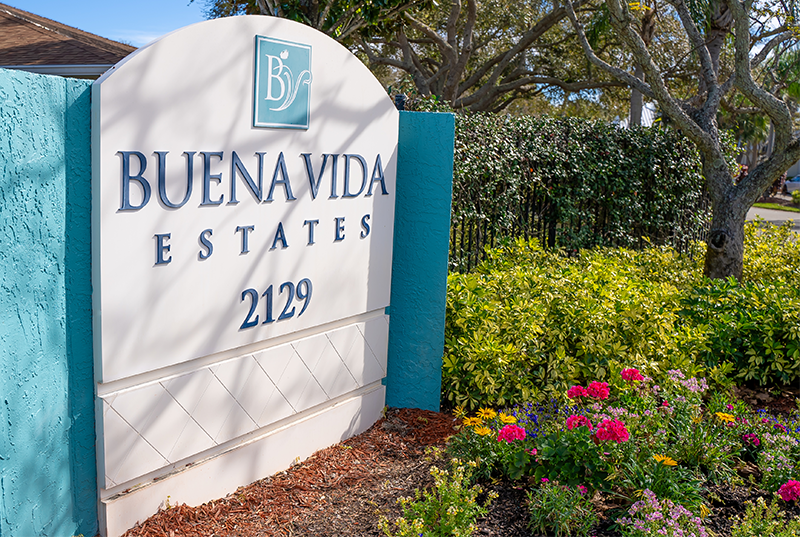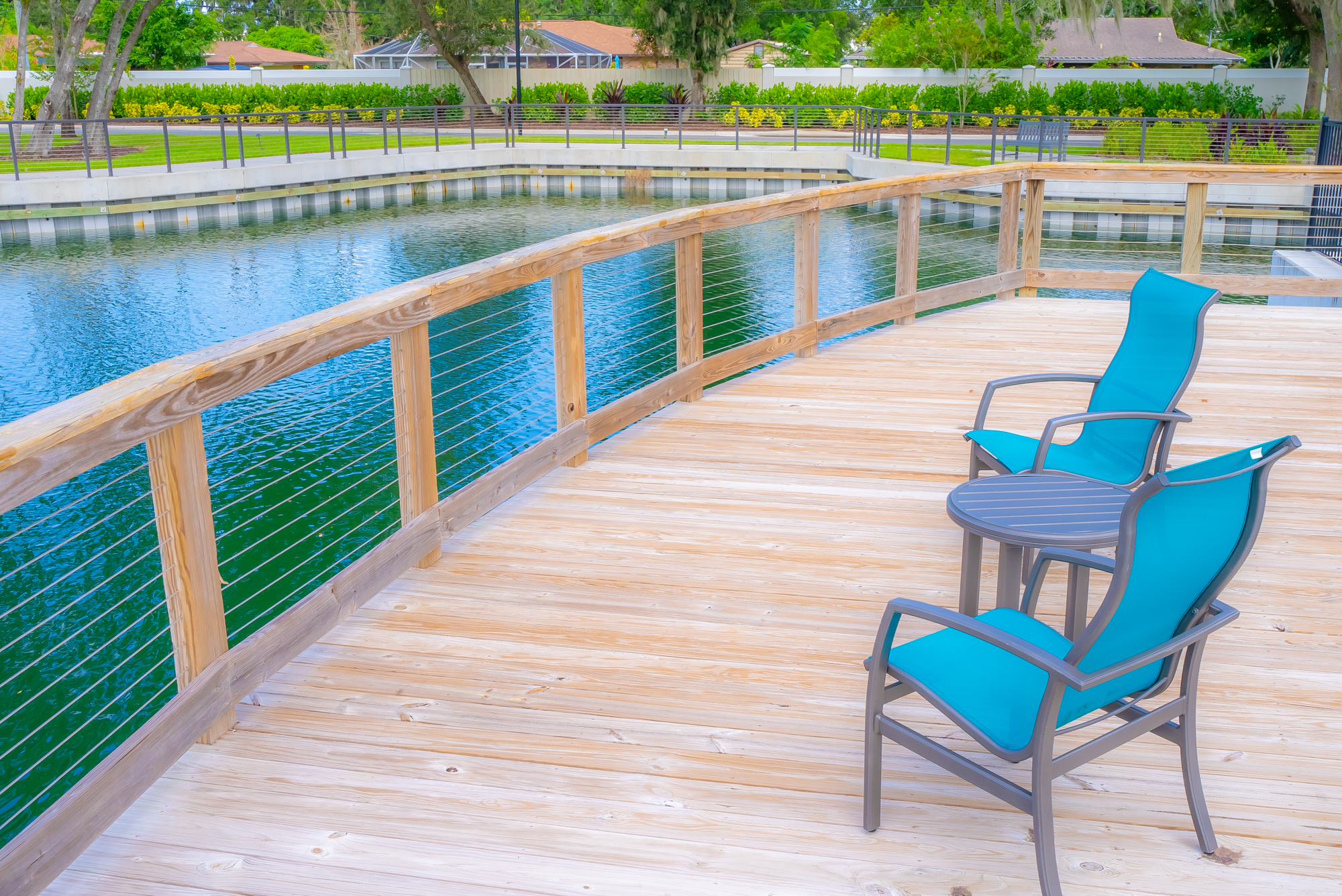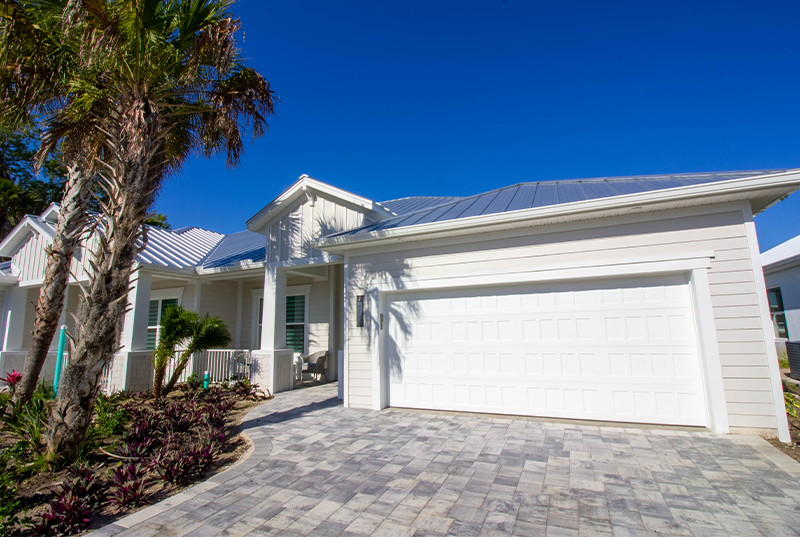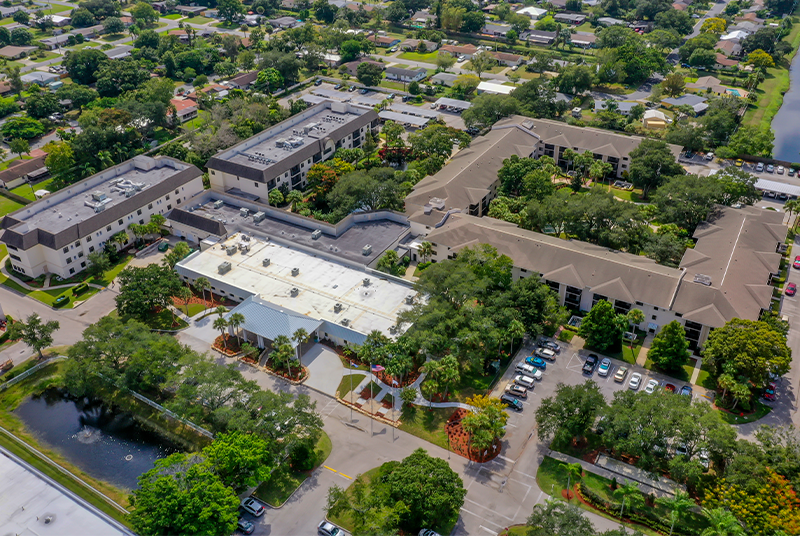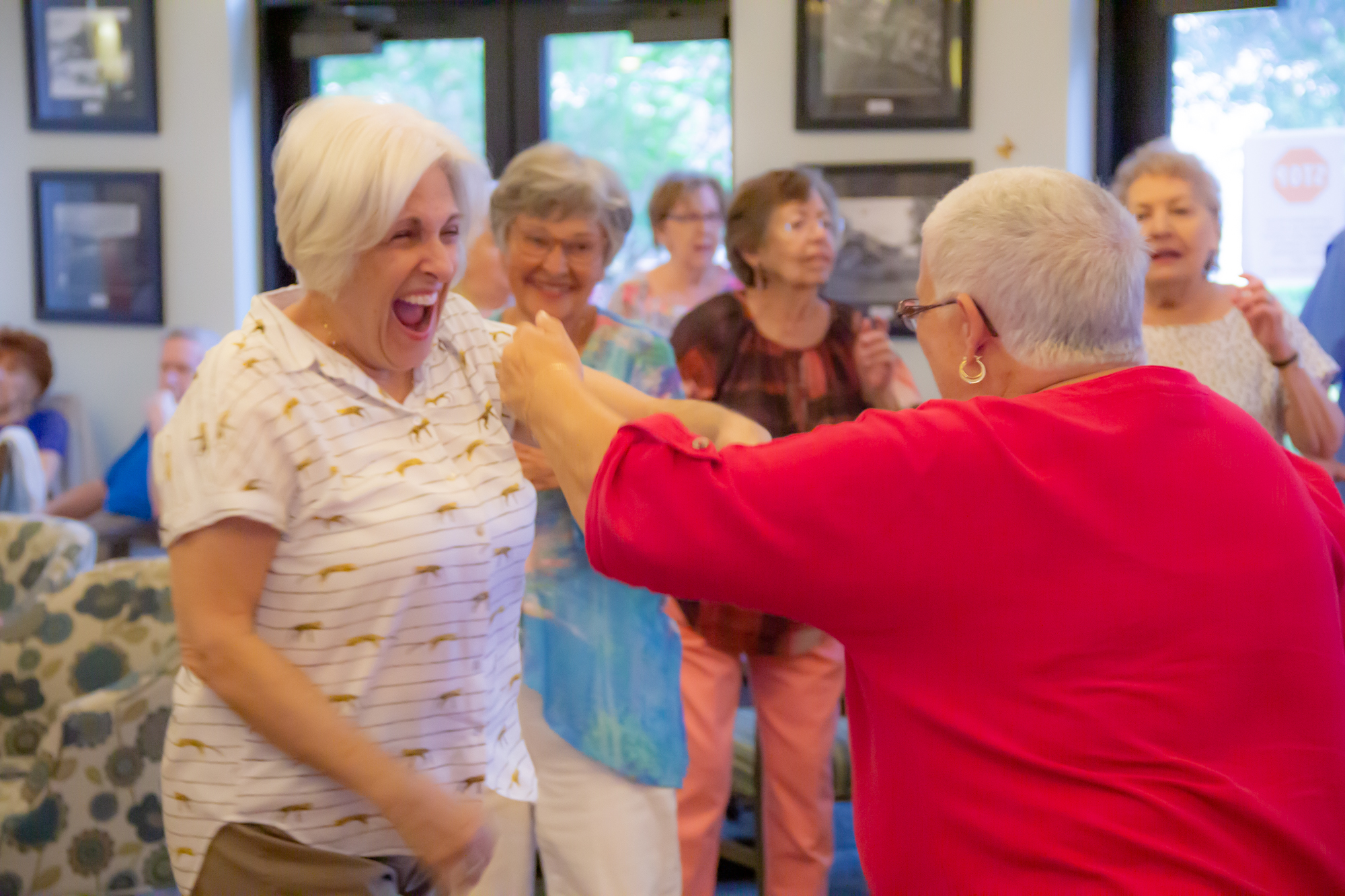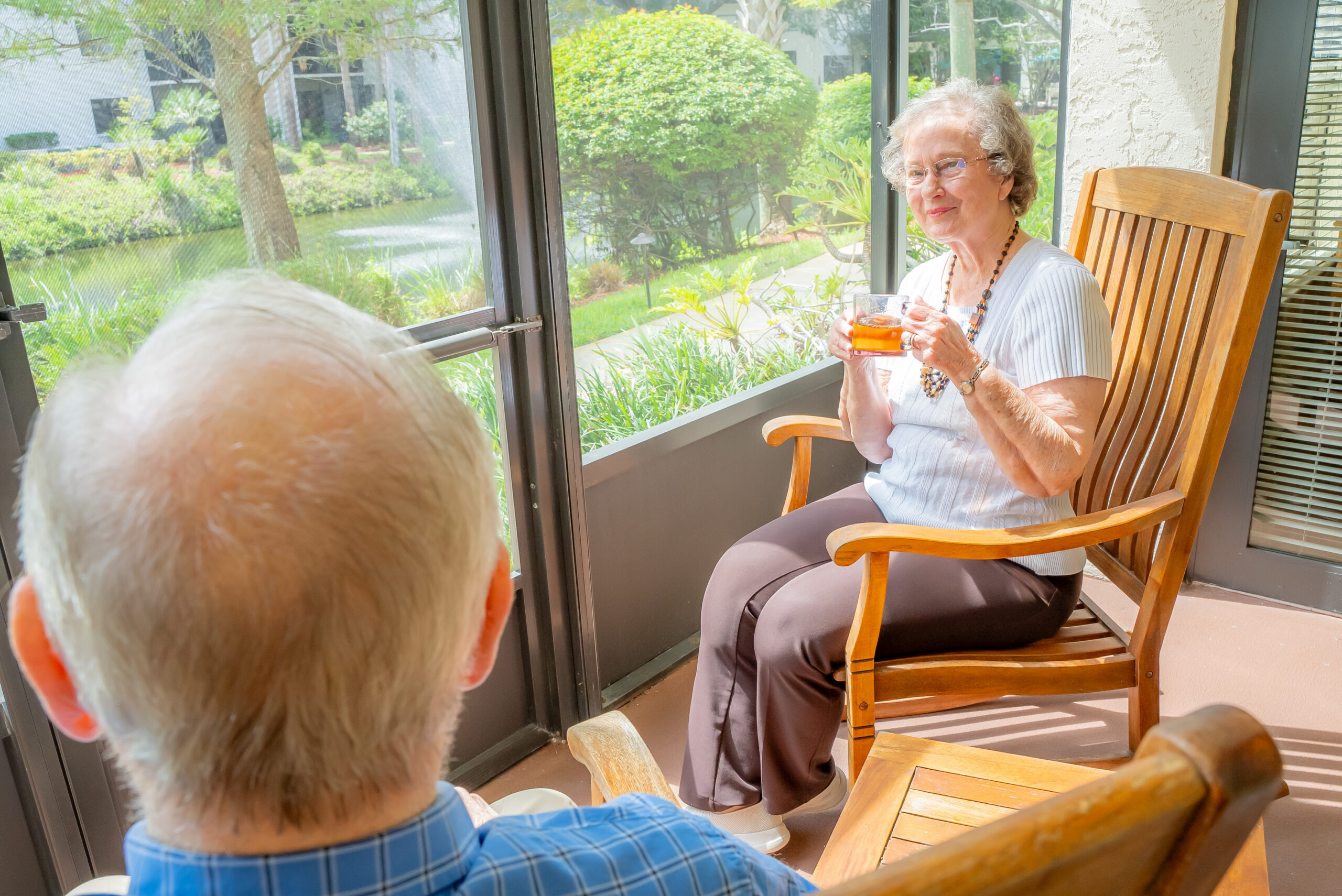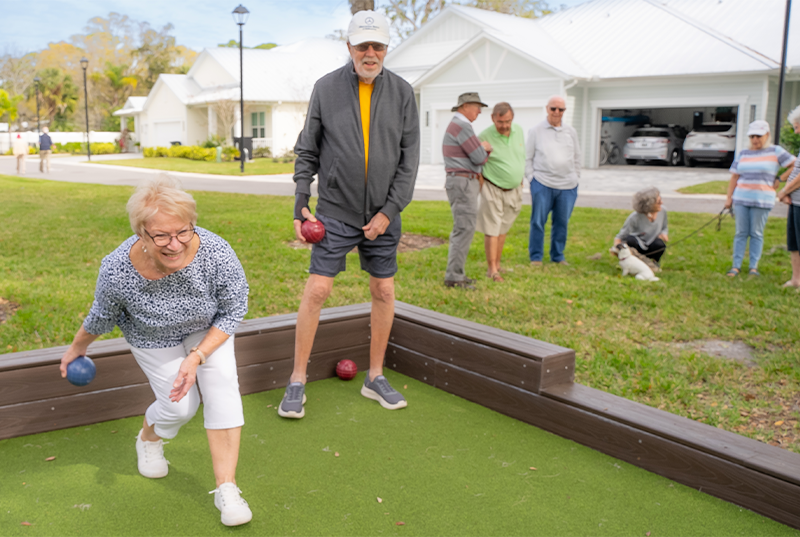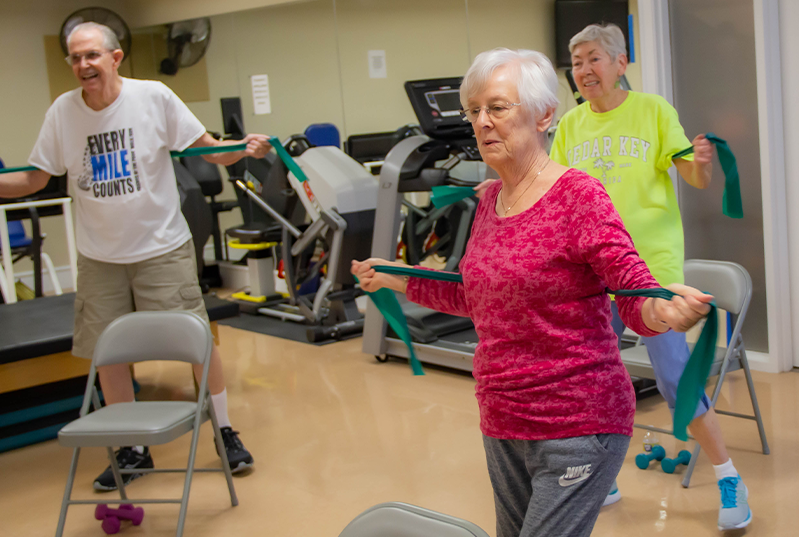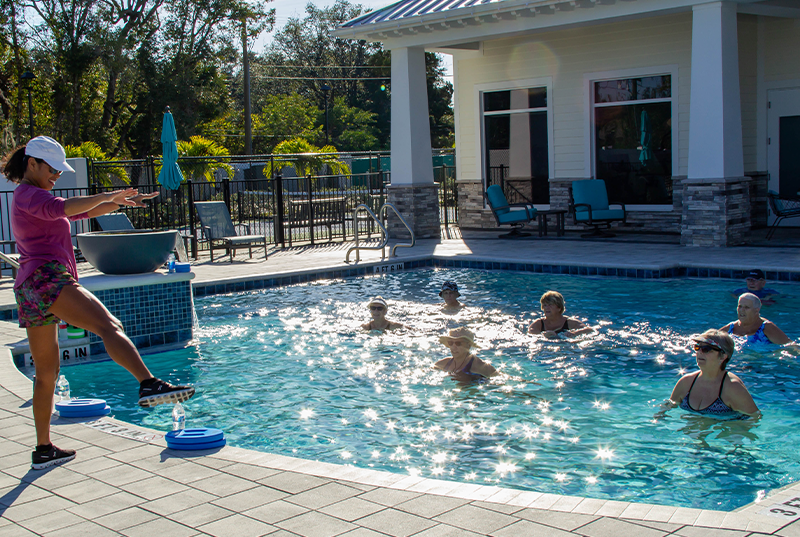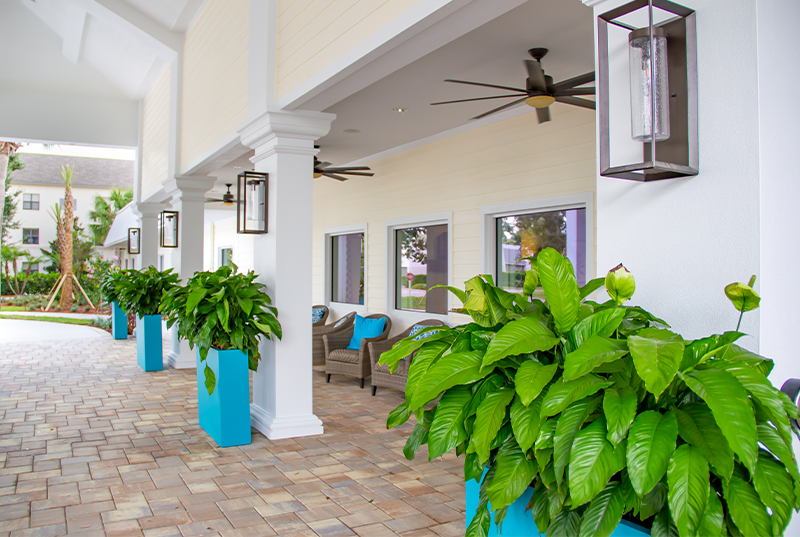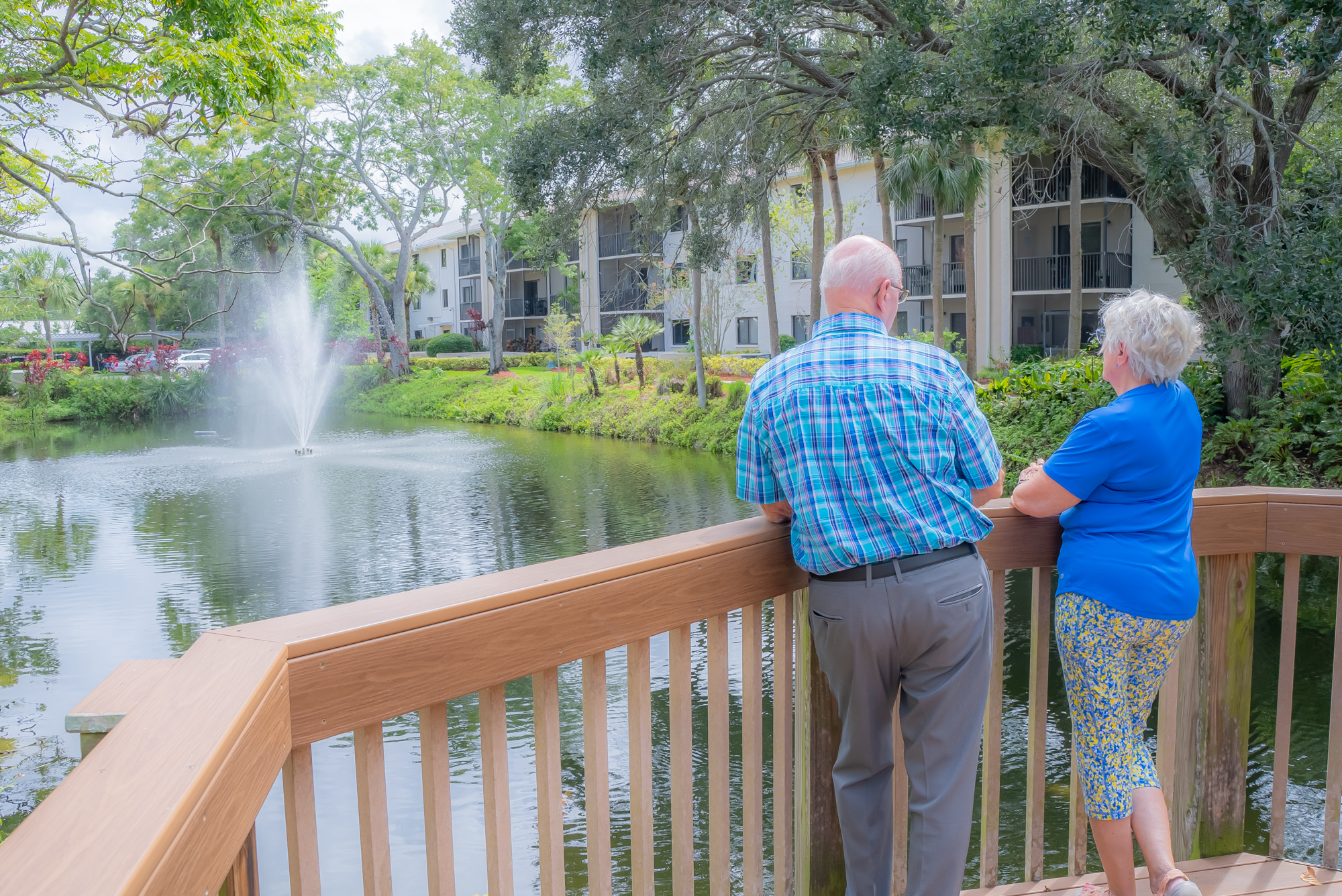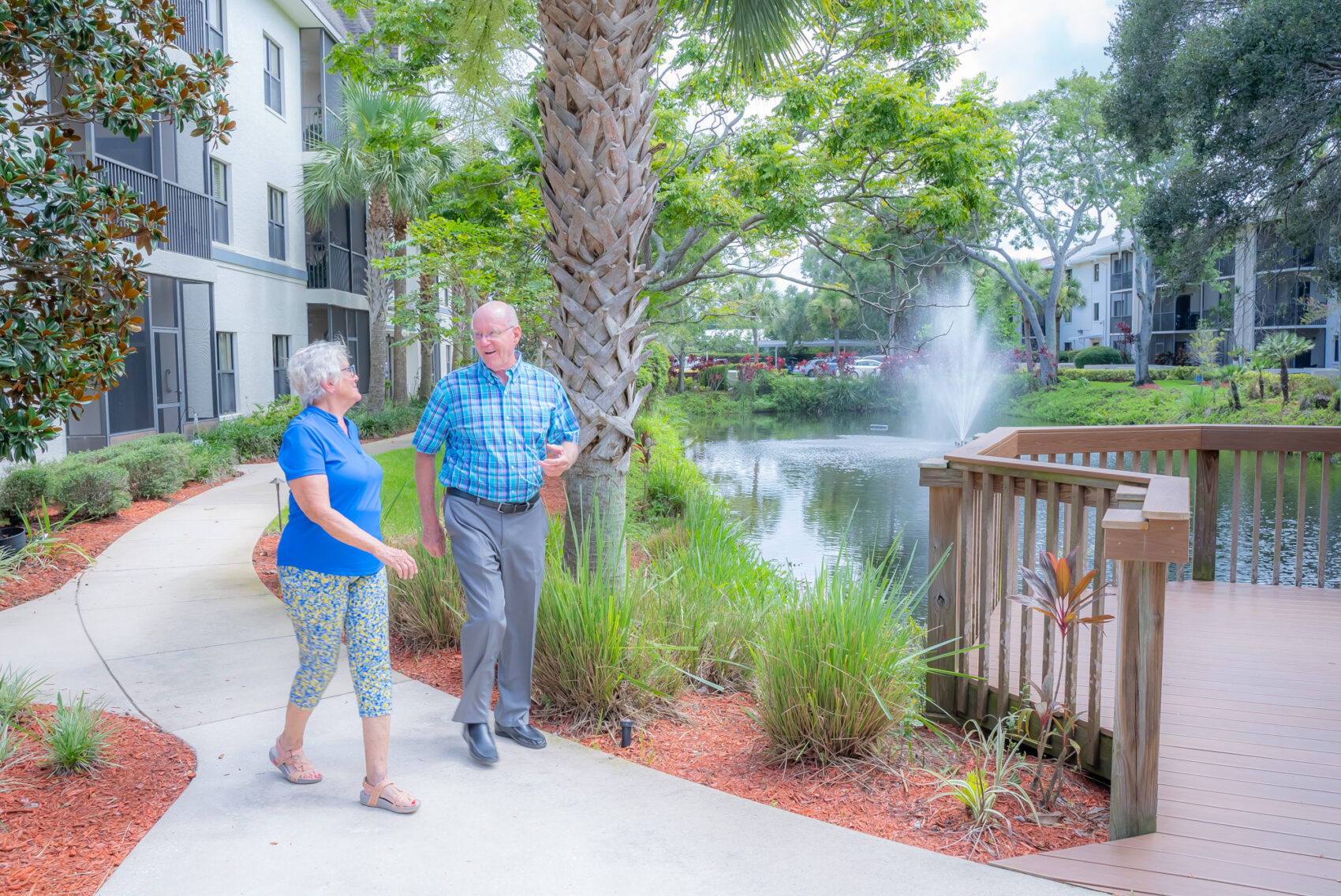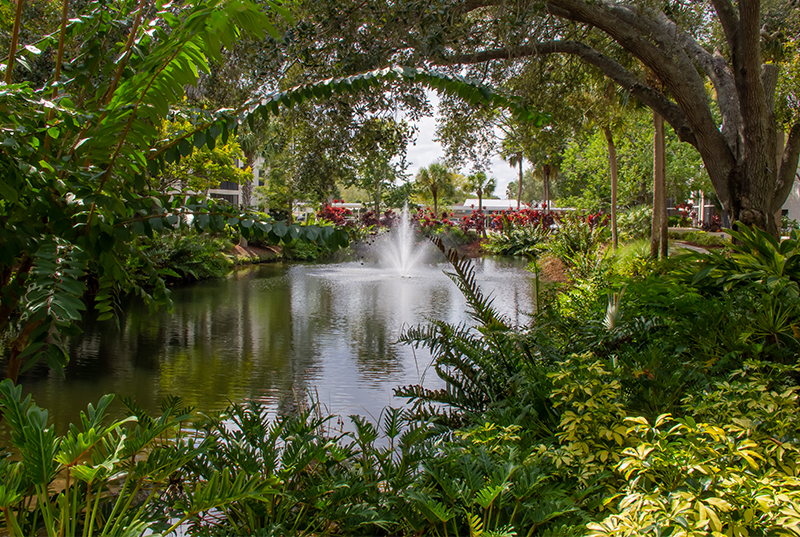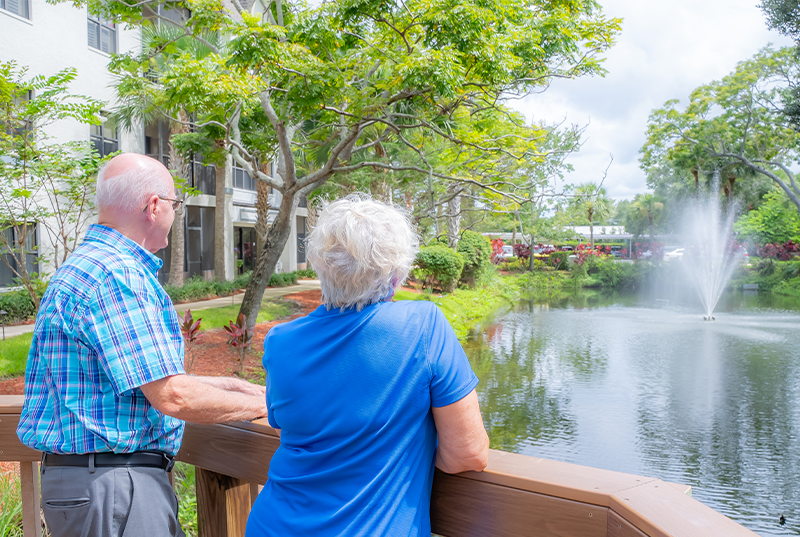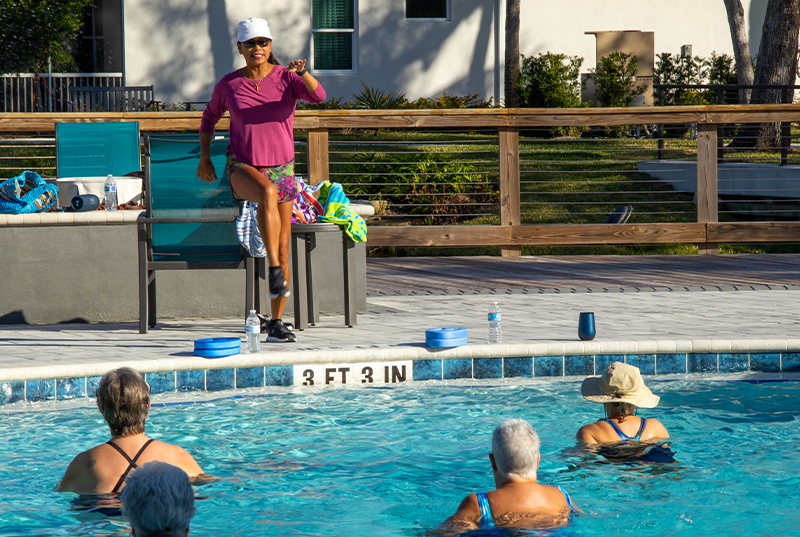Best Times for Bird-Watching in Florida
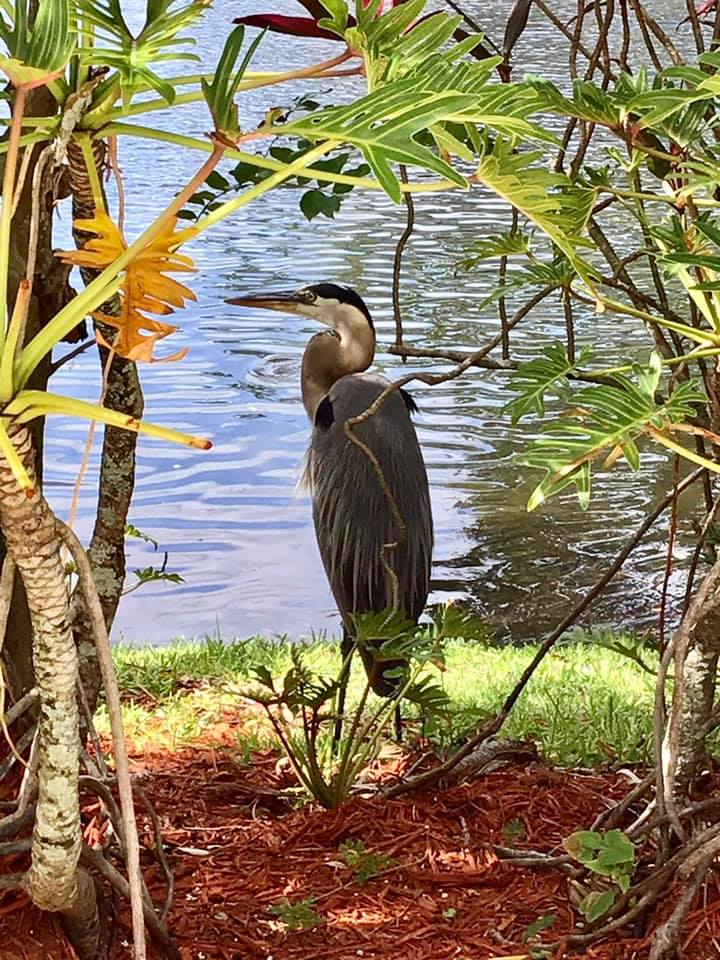 If you love bird-watching, then you intuitively know why you keep going back to your favorite spot. Of course, this simple activity makes us relax and reset while encouraging physical movement and reducing feelings of loneliness.
If you love bird-watching, then you intuitively know why you keep going back to your favorite spot. Of course, this simple activity makes us relax and reset while encouraging physical movement and reducing feelings of loneliness.
Nonetheless, countless studies reveal that the benefits of bird-watching are more profound than we think. For instance, research by the University of Exeter, the University of Queensland, and the British Trust for Ornithology found that bird-watching can reduce depression, anxiety, and stress.[1]
So, avid bird-watchers have a lot to gain from their hobby. However, to achieve this accomplishment, they have to know how to make the most of their efforts. There are certain times of the day that you should consider so that you can optimize your experience.
Insectivorous Birds’ Feeding Time: Morning and Late Evening Hours
Birds are more like us when it comes to daily schedules. They have daily feeding patterns, which you should learn in order to determine the best times to bird-watch.
Birds spend a lot of time looking for food for themselves, for their hatchlings, or for offering to the desired mate. Insectivorous birds often do this in the early morning as insects get warmed by the rising sun. You can also expect to find birds feeding during the late evening hours as that’s when the birds prepare for the night. Like us, they need enough energy to take them through the night.
Some of the birds you should expect to find in Florida’s east coast areas in the early morning and late evening hours are the northern cardinal, mourning dove, northern mockingbird, palm warbler, and red-bellied woodpecker.
Raptors’ Feeding Time: Late Morning and Early Afternoon
Most people consider the late morning and afternoon hours the worst times to go bird-watching because most birds are not very active after their morning feeding. However, birds of prey, such as the golden eagle, the bald eagle, peregrine falcon, American kestrel, and merlin often offer avid birders a breathtaking scene as they hunt for food during these times. These birds usually love coming out a couple of hours after the sun rises. They use the warm currents of rising air, known as thermals, to gain height and fly over long distances without using a lot of energy.[2]
When these birds are up high in the atmosphere, they act like hang gliders and glide toward the destination on the wind. These birds require a turbulent environment made up of a rising column of warm air from the ground, which is not there until the late morning hours. On the other hand, these birds require a good amount of light to scan the earth effectively, and that’s why the afternoon sun is practical for them. Therefore, if you love watching birds of prey, the early afternoon should be a great time to take out your binoculars.
Singing Time: Late Afternoon and Early Evening
If you find yourself in the great outdoors with your peers or as part of a retirement community like Buena Vida Estates, take advantage of the late afternoon or early evening to catch a glimpse of songbirds. These birds often come out to have another meal in the late afternoon hours, and their sight is often magnificent. As the light starts dwindling, owls and other nocturnal bird species begin to appear. There are also a number of other nocturnal species that tend to appear from time to time during the day, so it’s prudent to understand their patterns.
Some of the birds that sing at night that you can expect to see in Florida are the barred owl, great horned owl, and barn owl.
Tips to Make the Most of Birding
Although you may be accurate at timing the birds, there are certain factors you need to keep in mind to prevent being disappointed.
First of all, you need to consider the weather. Usually, birds are less active when there is extreme heat or drought. However, they often become more active than usual when the weather improves.[3] This is because they’re looking to make up for missed foraging.
Secondly, consider the days of the week. If your favorite bird-watching hot spots include areas like parks, popular trails, and other areas that bikers, hikers, or other visitors prefer, your birding may be affected by the day of the week. In this case, you need to determine the particular days when the birds are less likely to be disturbed by people and their activities.
Last but not least, you need to pick the most appropriate bird-watching binoculars. Generally, there are two main types you have to choose from. The first one is the Porro prism binocular, and it has the traditional shape and an angled body. The roof prism, conversely, has a straight-through appearance. The latter is more comfortable to use, and it has internal focusing that protects you from the elements. This is the kind that you should consider going for.
Bird-watching is a popular retirement activity. Keep these tips in mind to optimize your birding experience, and revel in the activity’s massive benefits. If you want to enjoy your retirement in a serene and diverse community like Buena Vida Estates, a community that’s perfect for bird-watching, contact us today!
References:
[1] https://www.exeter.ac.uk/news/featurednews/title_571299_en.html [2] https://www.dailymail.co.uk/sciencetech/article-3713227/Secrets-birds-soar-revealed-Spirals-wind-help-creatures-catch-thermals-fly-great-heights.html [3] https://earthobservatory.nasa.gov/images/147105/how-birds-respond-to-extreme-weather
